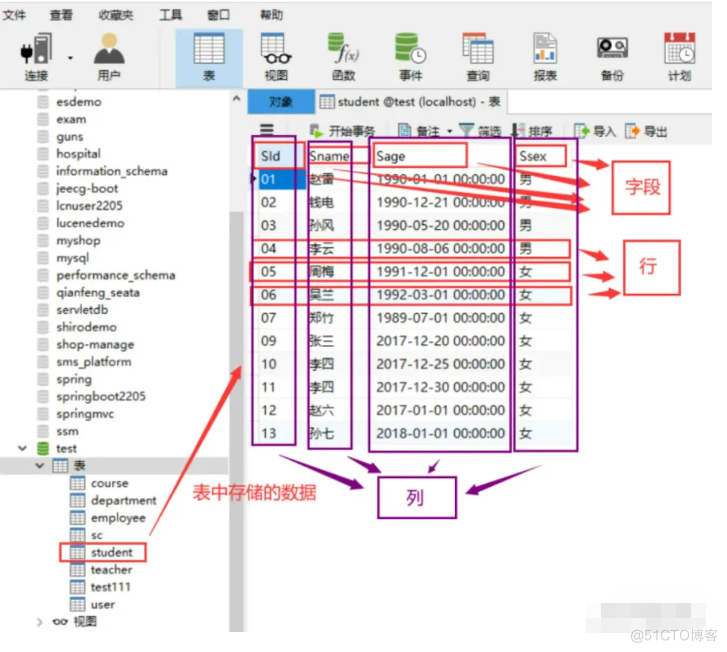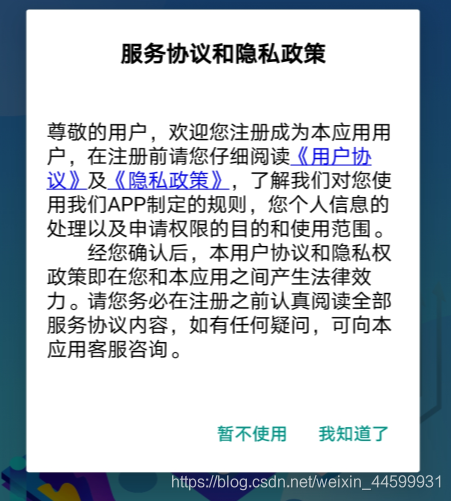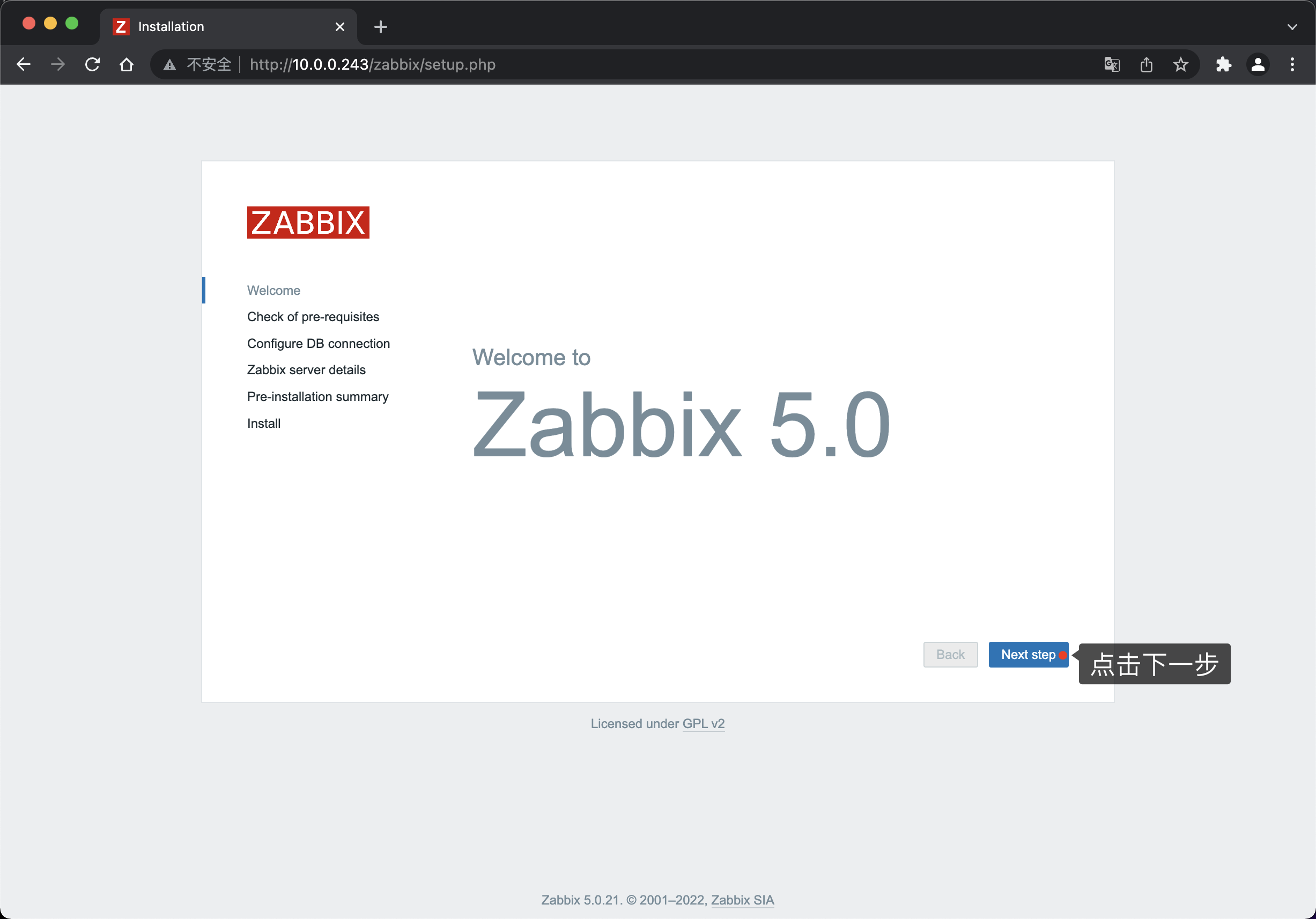背景
想必大家在项目中都有遇到把一个列表的多个字段累加求和的情况,也就是一个列表的总计。有的童鞋问,这个不是给前端做的吗?后端不是只需要把列表返回就行了嘛。。。没错,我也是这样想的,但是在一场和前端的撕逼大战中败下阵来之后,这个东西就落在我身上了。当时由于工期原因,时间比较紧,也就不考虑效率和易用性了,只是满足当时的需求,就随便写了个方法统计求和。目前稍微闲下来了,就把原来的代码优化下。我们先来看一下原来的代码...
原代码
工具类
import org.apache.commons.lang3.StringUtils; import org.springframework.util.CollectionUtils; import java.lang.reflect.Method; import java.math.BigDecimal; import java.util.ArrayList; import java.util.Arrays; import java.util.List; /** * * @ClassName CalculationUtil * * @Description TODO(计算工具类) * * @Author 我恰芙蓉王 * * @Date 2020年04月21日 11:37 * * @Version 1.0.0 * **/ public class CalculationUtil { //拼接get set方法的常量 public static final String GET = "get"; public static final String SET = "set"; /** * 功能描述: 公用统计小计方法 * * @param list 原数据列表集合 * @param fields 运算的属性数组 * @创建人: 我恰芙蓉王 * @创建时间: 2020年05月12日 17:50:09 * @return: org.apache.poi.ss.formula.functions.T 返回统计好的对象 **/ public static <T> T totalCalculationForBigDecimal(List<T> list, String... fields) throws Exception { if (CollectionUtils.isEmpty(list)) { return null; } Class clazz = list.get(0).getClass(); //返回值 Object object = clazz.newInstance(); list.stream().forEach(v -> Arrays.asList(fields).parallelStream().forEach(t -> { try { String field = StringUtils.capitalize(t); //获取get方法 Method getMethod = clazz.getMethod(GET + field); //获取set方法 Method setMethod = clazz.getMethod(SET + field, BigDecimal.class); Object objectValue = getMethod.invoke(object); setMethod.invoke(object, (objectValue == null ? BigDecimal.ZERO : (BigDecimal) objectValue).add((BigDecimal) getMethod.invoke(v))); } catch (Exception e) { e.printStackTrace(); } }) ); return (T) object; } /** * 功能描述: 公用统计小计方法 * * @param list 原数据列表集合 * @param fields 运算的属性数组 * @创建人: 我恰芙蓉王 * @创建时间: 2020年05月12日 17:50:09 * @return: org.apache.poi.ss.formula.functions.T 返回统计好的对象 **/ public static <T> T totalCalculationForDouble(List<T> list, String... fields) throws Exception { if (CollectionUtils.isEmpty(list)) { return null; } Class clazz = list.get(0).getClass(); //返回值 Object object = clazz.newInstance(); list.stream().forEach(v -> Arrays.asList(fields).parallelStream().forEach(t -> { try { String field = StringUtils.capitalize(t); //获取get方法 Method getMethod = clazz.getMethod(GET + field); //获取set方法 Method setMethod = clazz.getMethod(SET + field, Double.class); Object objectValue = getMethod.invoke(object); setMethod.invoke(object, add((objectValue == null ? new Double(0) : (Double) objectValue), (Double) getMethod.invoke(v))); } catch (Exception e) { e.printStackTrace(); } }) ); return (T) object; } /** * 功能描述: 公用统计小计方法 * * @param list 原数据列表集合 * @param fields 运算的属性数组 * @创建人: 我恰芙蓉王 * @创建时间: 2020年05月12日 17:50:09 * @return: org.apache.poi.ss.formula.functions.T 返回统计好的对象 **/ public static <T> T totalCalculationForFloat(List<T> list, String... fields) throws Exception { if (CollectionUtils.isEmpty(list)) { return null; } Class clazz = list.get(0).getClass(); //返回值 Object object = clazz.newInstance(); list.stream().forEach(v -> Arrays.asList(fields).parallelStream().forEach(t -> { try { String field = StringUtils.capitalize(t); //获取get方法 Method getMethod = clazz.getMethod(GET + field); //获取set方法 Method setMethod = clazz.getMethod(SET + field, Float.class); Object objectValue = getMethod.invoke(object); setMethod.invoke(object, add((objectValue == null ? new Float(0) : (Float) objectValue), (Float) getMethod.invoke(v))); } catch (Exception e) { e.printStackTrace(); } }) ); return (T) object; } /** * 提供精确的加法运算。 * * @param v1 被加数 * @param v2 加数 * @return 两个参数的和 */ public static Double add(Double v1, Double v2) { BigDecimal b1 = new BigDecimal(v1.toString()); BigDecimal b2 = new BigDecimal(v2.toString()); return b1.add(b2).doubleValue(); } /** * 提供精确的加法运算。 * * @param v1 被加数 * @param v2 加数 * @return 两个参数的和 */ public static Float add(Float v1, Float v2) { BigDecimal b1 = new BigDecimal(v1.toString()); BigDecimal b2 = new BigDecimal(v2.toString()); return b1.add(b2).floatValue(); } }
实体类
@Data @AllArgsConstructor @NoArgsConstructor public class Order { //订单号 private String orderNo; //订单金额 private Double money; //折扣 private Double discount; } @Data @AllArgsConstructor @NoArgsConstructor public class Phone { //手机名 private String name; //成本 private BigDecimal cost; //售价 private BigDecimal price; }
测试
public static void main(String[] args) throws Exception { List<Order> orderList = new ArrayList<Order>() { { add(new Order("D20111111", 256.45, 11.11)); add(new Order("D20111112", 123.85, 1.11)); add(new Order("D20111113", 546.13, 2.14)); add(new Order("D20111114", 636.44, 0.88)); } }; List<Phone> phoneList = new ArrayList<Phone>() { { add(new Phone("苹果", new BigDecimal("123.11"), new BigDecimal("222.22"))); add(new Phone("三星", new BigDecimal("123.11"), new BigDecimal("222.22"))); add(new Phone("华为", new BigDecimal("123.11"), new BigDecimal("222.22"))); add(new Phone("小米", new BigDecimal("123.11"), new BigDecimal("222.22"))); } }; Order orderTotal = totalCalculationForDouble(orderList, "money", "discount"); System.out.println("总计数据为 :" + orderTotal); Phone phoneTotal = totalCalculationForBigDecimal(phoneList, "cost", "price"); System.out.println("总计数据为 :" + phoneTotal); }

通过以上代码可以看出,效果是实现了,但是缺点也是很明显的:
1.太过冗余,相同代码太多,多个方法只有少数代码不相同(工具类中黄色标注的地方);
2.效率低,列表中每个元素的每个属性都要用到反射赋值;
3.灵活性不够,要求实体类中需要参加运算的属性都为同一类型,即必须都为Double,或必须都为BigDecimal;
4.硬编码,直接在方法调用时把实体类中的字段写死,既不符合JAVA编码规范也容易出错,而且当该实体类中的属性名变更的时候,IDE无法提示我们相应的传参的变更,极容易踩坑。
因为项目中用的JDK版本是1.8,当时在写的时候就想通过方法引用规避掉这种硬编码的方式,因为在Mybatis-Plus中也有用到方法引用赋值条件参数的情况,但还是因为时间紧急,就没去研究了。
今天就顺着这个方向去找了一下实现的方法,把代码优化了部分,如下:
优化后
首先,我是想通过传参为方法引用的方式来获取Getter方法对应的属性名,通过了解,JDK8中已经给我们提供了实现方式,首先声明一个自定义函数式接口(需要实现Serializable)
@FunctionalInterface public interface SerializableFunction<T, R> extends Function<T, R>, Serializable { }
然后定义一个反射工具类去解析这个自定义函数式接口,在此工具类中有对方法引用解析的具体实现,在此类中规避掉缺点4
import org.apache.commons.lang3.StringUtils; import org.springframework.util.ClassUtils; import org.springframework.util.ReflectionUtils; import java.lang.invoke.SerializedLambda; import java.lang.reflect.Field; import java.lang.reflect.Method; /** * @ClassName ReflectionUtil * @Description TODO(反射工具类) * @Author 我恰芙蓉王 * @Date 2020年09月08日 15:10 * @Version 2.0.0 **/ public class ReflectionUtil { public static final String GET = "get"; public static final String SET = "set"; /** * 功能描述: 通过get方法的方法引用返回对应的Field * * @param function * @创建人: 我恰芙蓉王 * @创建时间: 2020年09月08日 16:20:56 * @return: java.lang.reflect.Field **/ public static <T> Field getField(SerializableFunction<T, ?> function) { try { /** * 1.获取SerializedLambda */ Method method = function.getClass().getDeclaredMethod("writeReplace"); method.setAccessible(Boolean.TRUE); /** * 2.利用jdk的SerializedLambda,解析方法引用,implMethodName 即为Field对应的Getter方法名 */ SerializedLambda serializedLambda = (SerializedLambda) method.invoke(function); //获取get方法的方法名 String getter = serializedLambda.getImplMethodName(); //获取属性名 String fieldName = StringUtils.uncapitalize(getter.replace(GET, "")); /** * 3.获取的Class是字符串,并且包名是“/”分割,需要替换成“.”,才能获取到对应的Class对象 */ String declaredClass = serializedLambda.getImplClass().replace("/", "."); Class clazz = Class.forName(declaredClass, false, ClassUtils.getDefaultClassLoader()); /** * 4.通过Spring中的反射工具类获取Class中定义的Field */ return ReflectionUtils.findField(clazz, fieldName); } catch (ReflectiveOperationException e) { throw new RuntimeException(e); } } }
接着改写原来计算工具类中的代码,在此类中将原缺点的1,2,3点都规避了,将原来冗余的多个方法精简成一个 totalCalculation ,通过 methodMap 对象将get,set方法缓存(但此缓存还有优化的空间,可以将方法中的缓存对象提到tomcat内存或redis中),通过动态获取字段类型来实现不同类型的累加运算
import org.apache.commons.lang3.StringUtils; import org.springframework.util.CollectionUtils; import java.lang.reflect.Constructor; import java.lang.reflect.Field; import java.lang.reflect.Method; import java.math.BigDecimal; import java.util.*; import java.util.concurrent.ConcurrentHashMap; import static io.renren.modules.test1.ReflectionUtil.GET; import static io.renren.modules.test1.ReflectionUtil.SET; /** * * @ClassName CalculationUtil * * @Description TODO(计算工具类) * * @Author 我恰芙蓉王 * * @Date 2020年04月21日 11:37 * * @Version 1.0.0 * **/ public class CalculationUtil { /** * 功能描述: 公用统计小计方法 * * @param list 原数据列表集合 * @param functions 参与运算的方法引用 * @创建人: 我恰芙蓉王 * @创建时间: 2020年05月12日 17:50:09 * @return: org.apache.poi.ss.formula.functions.T 返回统计好的对象 **/ public static <T> T totalCalculation(List<T> list, SerializableFunction<T, ?>... functions) throws Exception { if (CollectionUtils.isEmpty(list)) { return null; } //获取集合中类型的class对象 Class clazz = list.get(0).getClass(); //Getter Setter缓存 Map<SerializableFunction, Map<String, Method>> methodMap = new ConcurrentHashMap<>(); //遍历字段,将Getter Setter放入缓存中 for (SerializableFunction function : functions) { Field field = ReflectionUtil.getField(function); //获取get方法 Method getMethod = clazz.getMethod(GET + StringUtils.capitalize(field.getName())); //获取set方法 Method setMethod = clazz.getMethod(SET + StringUtils.capitalize(field.getName()), field.getType()); //将get set方法封装成一个map放入缓存中 methodMap.put(function, new HashMap<String, Method>() { { put(GET, getMethod); put(SET, setMethod); } }); } //计算 T result = list.parallelStream().reduce((x, y) -> { try { Object newObject = x.getClass().newInstance(); Arrays.asList(functions).parallelStream().forEach(f -> { try { Map<String, Method> fieldMap = methodMap.get(f); //获取缓存的get方法 Method getMethod = fieldMap.get(GET); //获取缓存的set方法 Method setMethod = fieldMap.get(SET); //调用x参数t属性的get方法 Object xValue = getMethod.invoke(x); //调用y参数t属性的get方法 Object yValue = getMethod.invoke(y); //反射赋值到newObject对象 setMethod.invoke(newObject, add(xValue, yValue, getMethod.getReturnType())); } catch (Exception e) { e.printStackTrace(); } }); return (T) newObject; } catch (Exception e) { e.printStackTrace(); } return null; }).get(); return result; } /** * 功能描述: 提供精确的加法运算 * * @param v1 加数 * @param v2 被加数 * @param clazz 参数的class类型 * @创建人: 我恰芙蓉王 * @创建时间: 2020年09月08日 10:55:56 * @return: java.lang.Object 相加之和 **/ public static Object add(Object v1, Object v2, Class clazz) throws Exception { BigDecimal b1 = new BigDecimal(v1.toString()); BigDecimal b2 = new BigDecimal(v2.toString()); Constructor constructor = clazz.getConstructor(String.class); return constructor.newInstance(b1.add(b2).toString()); } }
测试实体类
@Data @AllArgsConstructor @NoArgsConstructor public class People { //名字 private String name; //年龄 private Integer age; //存款 private BigDecimal money; //身高 private Double height; }
调用
public static void main(String[] args) throws Exception { List<People> list = new ArrayList<People>() { { add(new People("张三", 18, BigDecimal.valueOf(10000), 168.45)); add(new People("李四", 20, BigDecimal.valueOf(20000), 155.68)); add(new People("王五", 25, BigDecimal.valueOf(30000), 161.54)); add(new People("赵六", 21, BigDecimal.valueOf(30000), 166.66)); } }; People total = CalculationUtil.totalCalculation(list, People::getAge, People::getMoney, People::getHeight); System.out.println("总计数据为 :" + total); }

总结
java8的lambda表达式确实极大的简化了我们的代码,提高了编码的效率,流计算更是使数据的运算变得高效快捷,也增加了代码的可(zhuang)读(bi)性。如今java14都出来了,希望在空余时间也能多去了解一下新版本的新特性,而不能老是抱着(你发任你发,我用java8)的心态去学习,毕竟技术的更新迭代是极快的。
参考博文:https://blog.csdn.net/u013202238/article/details/105779686
























